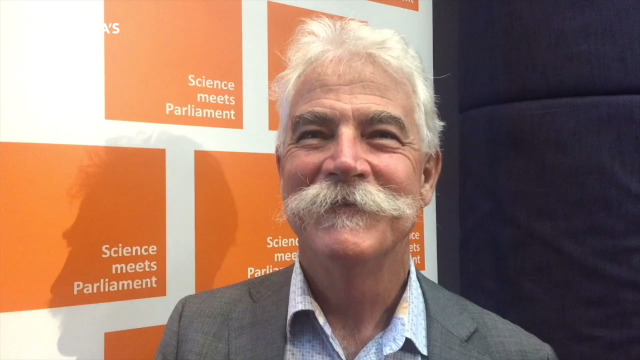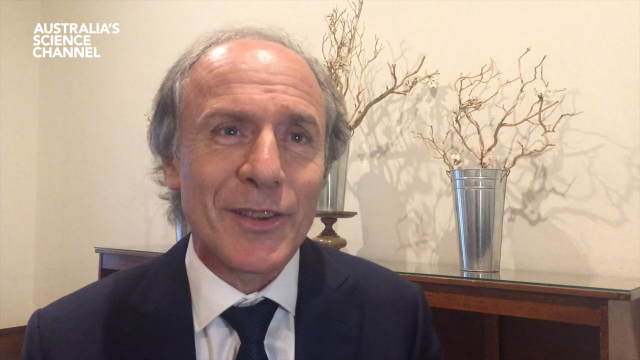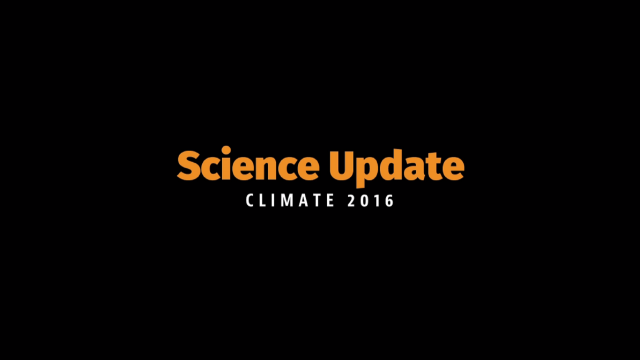Last updated May 25, 2017 at 4:07 pm
Energy in the form of electricity and fuel enable the operation of everything from your phones, tablets, laptops, to the car that you drive, to keeping you cool in summer and warm in winter. Shutting down our devices and systems to achieve major reductions in greenhouse gas emissions is out of the question. There is some potential for reducing energy consumption via efficiency of operation. Similarly, technologies such as “time shifting” power (e.g. batteries) and smart grids and meters can only “chip away” at emissions reductions, relative to the scale required to avoid catastrophic climate change.
Clearly, major ongoing changes are required in the way both electricity AND fuel are produced and used: clean electricity production alone is not enough. But how can we afford to implement such major changes?
Until recently, in most parts of Australia the primary fuel for generating power has been coal (an example of “fuel to power”). Burning coal is one the world’s most emissions intensive way of generating power.
In contrast, South Australia already provides a very interesting testing ground for the required major changes. This is because South Australia has a similar amount of annual wind power production as Denmark when measured as a percentage of total annual power production. Whereas Denmark can cost-effectively export excess wind power production to the rest of Europe, the cost-effective export potential for South Australia is limited. Hence South Australia leads the world in opportunities to flip soon to be outdated energy transformations around by deploying “power to fuel” as follows.
During increasingly frequent but still intermittent periods when there is more zero-resource cost regional power production than regional power consumption, it becomes cost effective to transform excess power to fuel. This occurs most frequently during very low demand periods when solar panels on roofs of residential and small industrial consumers are collectively feeding power into the grid rather that the other way around. The current large scale commercially viable technology for doing this is electrolysis.
- The intermittent excess power is used to split water into hydrogen and oxygen.
- The oxygen can be vented to the atmosphere, and the hydrogen can be used in a broad range of clean fuel production processes.
These can include producing “drop in fuels” that work with current mobile technologies, and hydrogen-fuelled internal combustion engine vehicles, and very high purity hydrogen for use with fuel cell powered electric vehicles.
The major challenge now is how to get there without a major upheaval of the current Australia’s National Electricity Market (NEM). A given region of the NEM will fail if at any point in time, the total power input is not balanced with output. To prevent both market and network failure, we will need sufficient clean power generation capacity to meet demand during summer heatwaves. But with zero-resource cost production such as wind and solar, this means that during low demand periods, the market could potentially be flooded by excess supply, forcing the price down – even to zero or negative values. Will suppliers be giving power away, or even paying the market to accept it?
Environmental sustainability of energy production is not enough. We also need economic sustainability in markets. “Power to fuel” provides this by balancing intermittent excess zero-resource cost production with consumption of these excesses using “power to fuel” technologies. In marked contrast to batteries, this takes the excess power out of the electricity market once and for all, and transfers it to fuel markets.
Without power to fuel, everyone loses, economically and environmentally. With power for fuel, everyone wins.
Originally published by The Royal Institution of Australia, 15 March 2016.
Follow us on Facebook, Twitter and Instagram to get all the latest science.




















